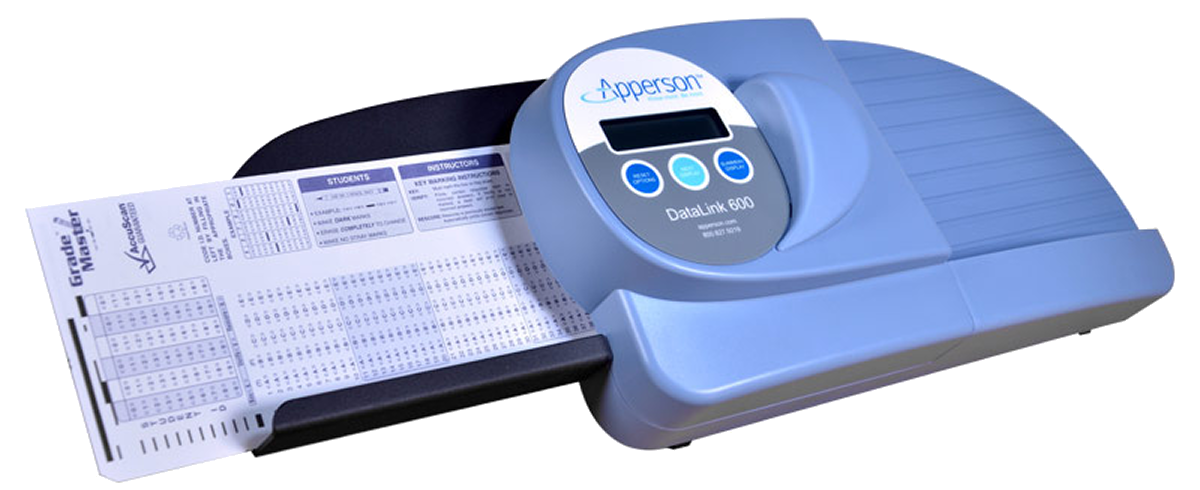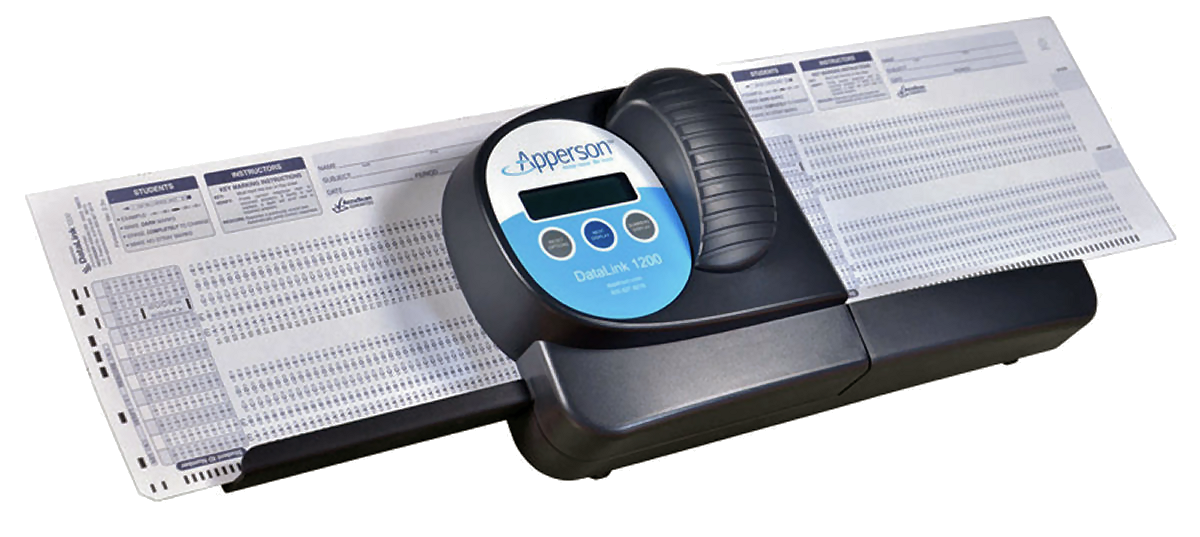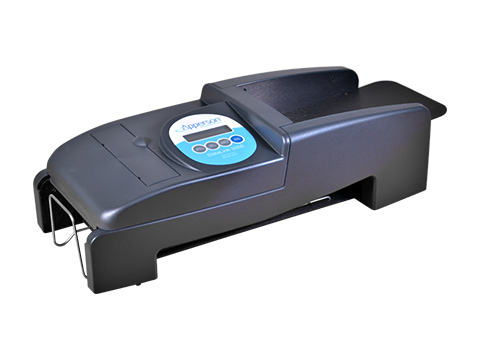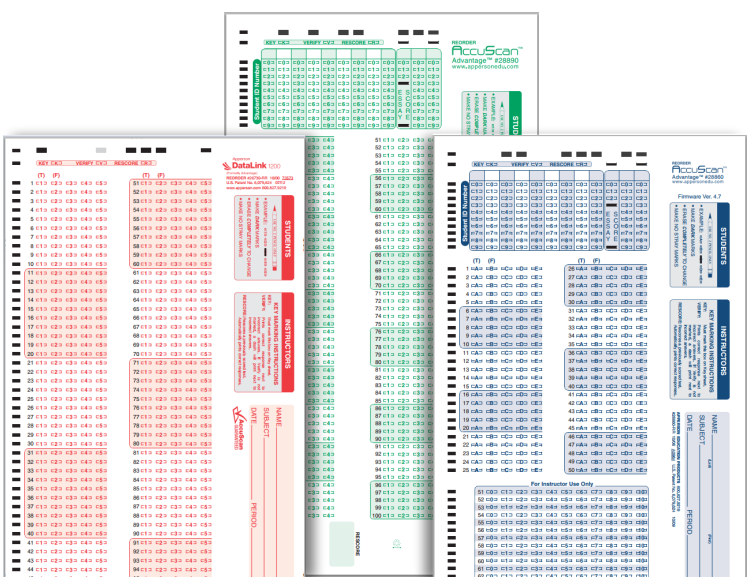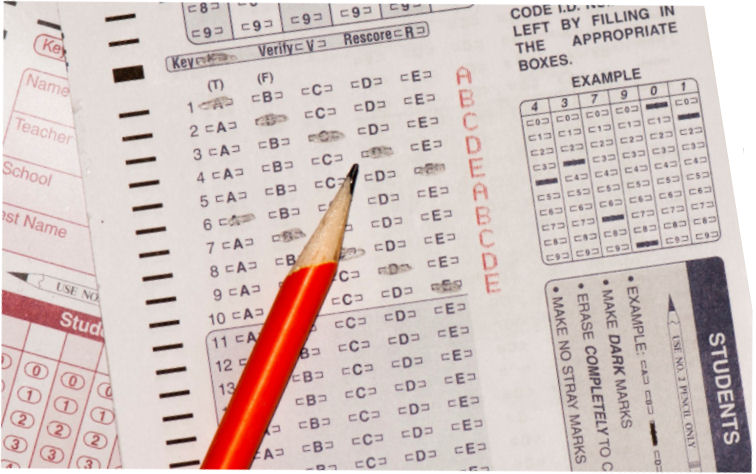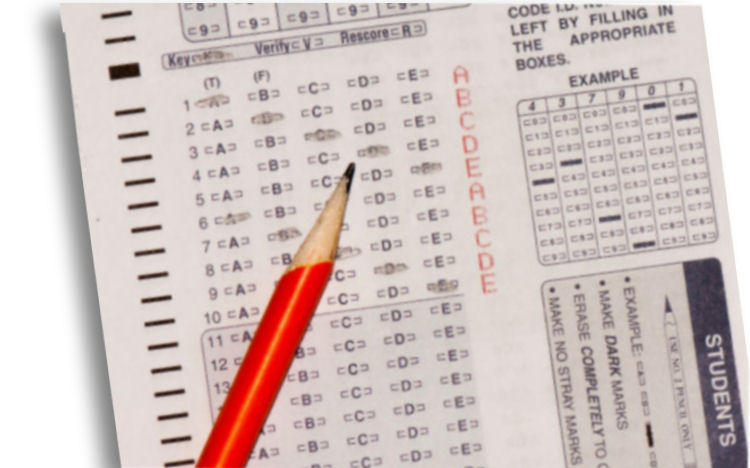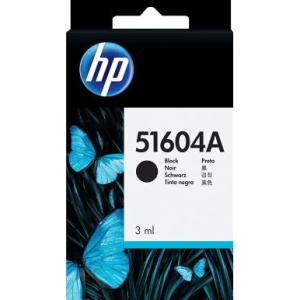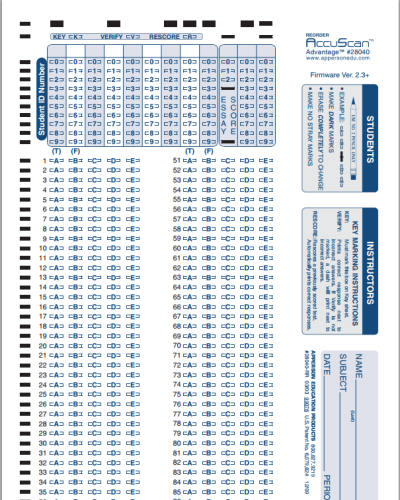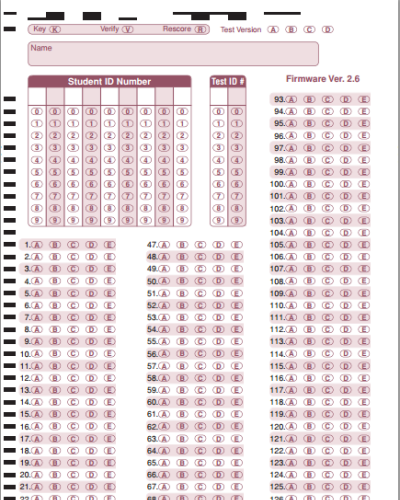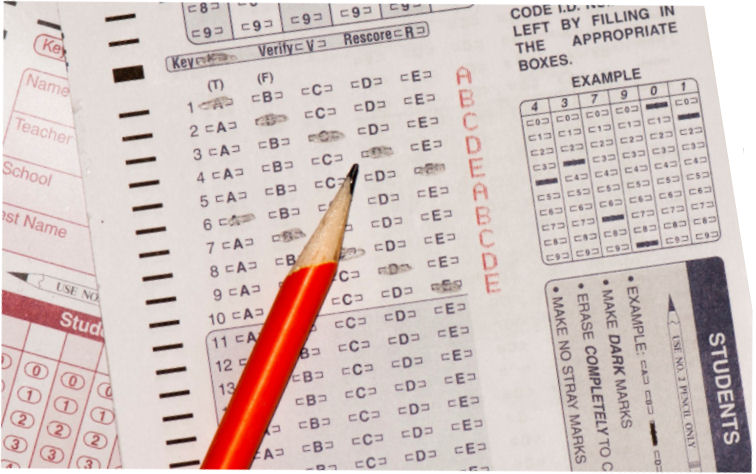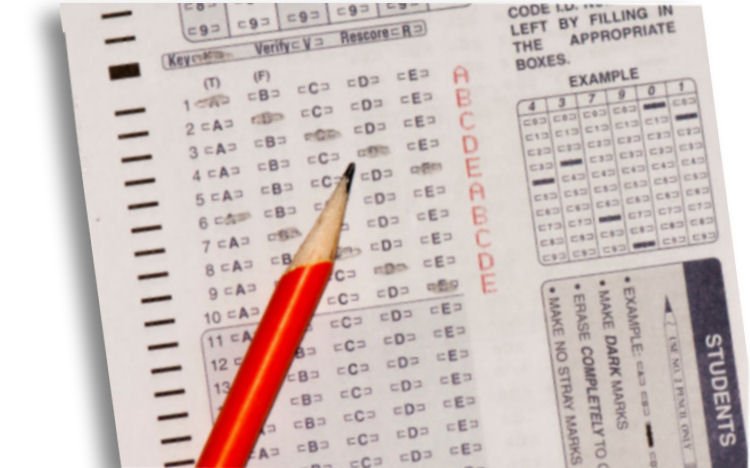
When Lisa first began writing multiple choice tests for her ninth-grade class, it soon became evident that there must be something wrong with the quality of her test design. Her students’ results weren’t quite what she was expecting, as their performance did not line up with their understanding of similar content and standards on written exams and assignments.
After consulting with one of her more seasoned colleagues, the problem quickly became clear. While Lisa had spent time learning how to write proper questions, she had not given similar attention to the phrasing of the answers themselves - more specifically her distractors. Her students were able to correctly guess many of the answers without actually knowing the material.
Like Lisa, do you struggle with writing plausible distractors for your multiple-choice tests? Here are some tips to get you started:
- Distractors should highlight common student mistakes - use previous wrong answers on written assignments, particularly those made by multiple students, as inspiration.
- Be sure your distractors are plausible - avoid absurd options that can be eliminated without knowledge of the subject.
- The position of the correct option should vary through your exam. If there is a pattern to your answers, your students will find it.
- Avoid “all of the above” and “none of the above” to prevent students from using partial knowledge to guess the correct answer.
- Your distractors should be as incorrect as your answer is correct.
- Make sure your correct answer and distractors are grammatically consistent and similar in length.
- List your responses in a logical order (numerical, alphabetical, etc) when possible.
Item analyses can reveal the strength of your distractors, and are easily performed with data reporting and analysis software such as the DataLink Connect. Ideally, your distractors should be equally popular among students. If certain options are selected less or more often than expected, it might signal the following:
- The question can be answered through partial knowledge
- The distractor stands out as it varies in structure from the other options
- The question or options are poorly written and/or confusing
- The distractor is not related to the subject area being tested and therefore easily eliminated
- There are too few distractors (try to have at least three alternate answers)
Distractors that are not chosen by any students should be replaced with more plausible answers. In addition, distractors that were selected too often, especially by high performers, should be reviewed to make sure they are not confusing or just as plausible as your correct answer.
For more information on item analysis and how to improve the design of your multiple-choice tests, check out our previous blog post.
Stay up to date with our news and promotions:


